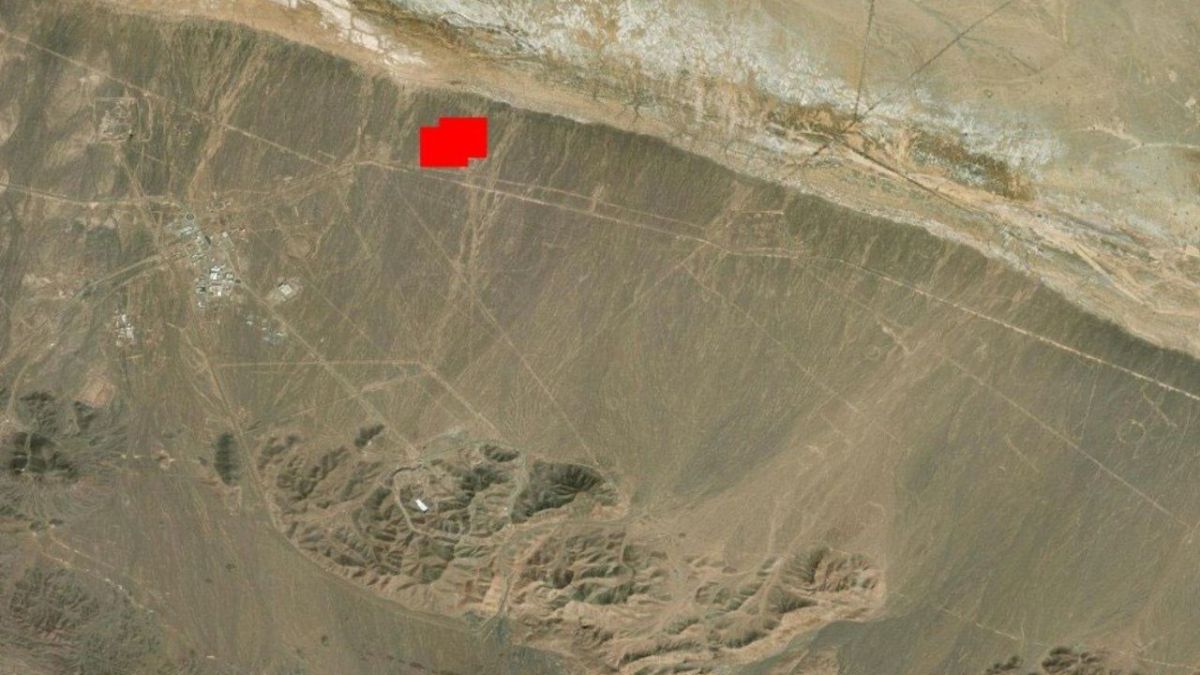Satellite images from Iran's Fordow show last-ditch effort by Tehran to save the underground nuclear facility
 Image from NASA’s Fire Information for Resource Management System (FIRMS) showing two heat patterns near Iran’s Fordow nuclear facility | X
Image from NASA’s Fire Information for Resource Management System (FIRMS) showing two heat patterns near Iran’s Fordow nuclear facility | X
Days before the US B-2 Spirit stealth bombers obliterated Iran's Fordow underground nuclear facility by dropping massive 30,000-pound 'bunker buster' bombs, there was an intense effort by Iran to reinforce the facility.
Satellite imagery taken on June 19, two days before the US strikes, shows earth accumulated before the two entrances of Fordow. While 16 dump trucks were seen near the entrances, the satellite images also caught earthmoving equipment, according to CNN.
In a satellite image taken a day later on June 20, the portions of the road leading to the underground facility appear to be covered by dirt. Trucks carrying earth continue to drive up to the tunnel entrances while nearby earthmoving equipment can be seen scooping up soil.
The Fordow is built deep into a mountainside and is therefore reinforced against an attack. It is estimated that the facility lies an estimated 80 to 90 meters underground, which is why the US had to deploy bunker-buster bombs to decimate it.
Meanwhile, images after the attack show two heat patterns from the facility, hinting at a hit. According to NASA's Fire Information for Resource Management System (FIRMS). The first heat signature was detected at 2:29 a.m. local time while the second was detected at 2:54 a.m. US President Donald Trump announced the strikes almost 20 minutes after the second heat signal detection.
However, the FIRMS timestamps do not mean that the explosions or fires began at the time.
Trump in his speech had claimed that "the strikes were a spectacular military success" and "Iran's key nuclear enrichment facilities have been completely and totally obliterated." Though Iran acknowledged the "enemy strikes", it now attempts to downplay the aftermath. Manan Raeisi, an Iranian lawmaker representing Qom, the holy city near the Fordow nuclear site, claimed the attack was "quite superficial" and had not seriously damaged the facility.
Raeisi told state-backed Fars News Agency that the Fordow nuclear installation has not been seriously damaged "contrary to the claims of the lying president of the United States". "Most of the affected areas were above ground and can be fully restored," Raeisi added.
Iranian authorities have also added that there were "no signs of contamination" at Isfahan, Fordo and Natanz after U.S. airstrikes.
Iranian state media quoted the country’s National Nuclear Safety System Center, which published a statement saying its radiation detectors had recorded no radioactive release after the strikes.
Saudi Arabia's nuclear regulator said on X that no traces of radiation had been detected in the environment in Saudi Arabia or other Persian Gulf states.
Middle East